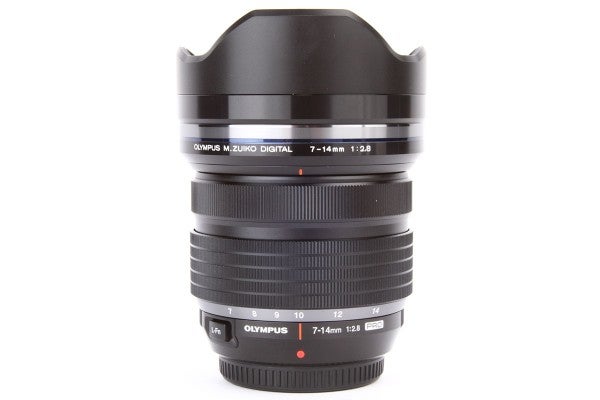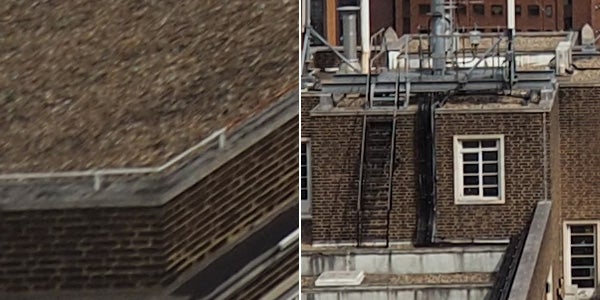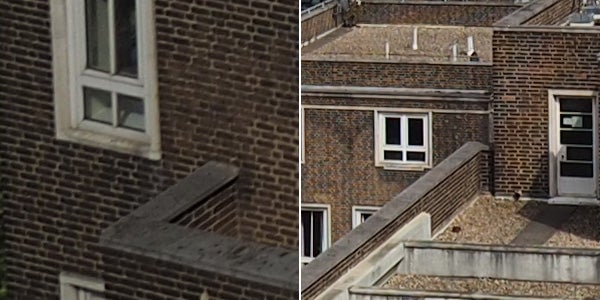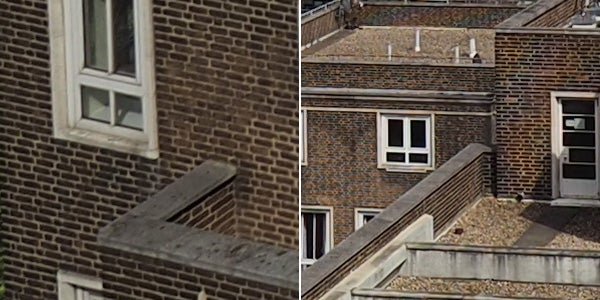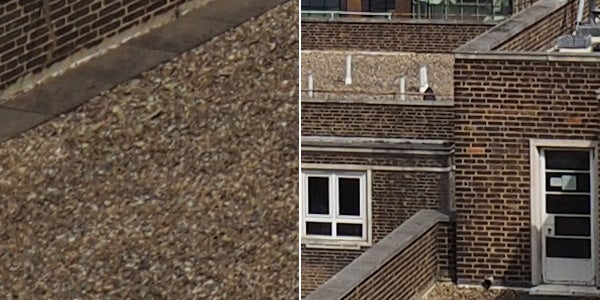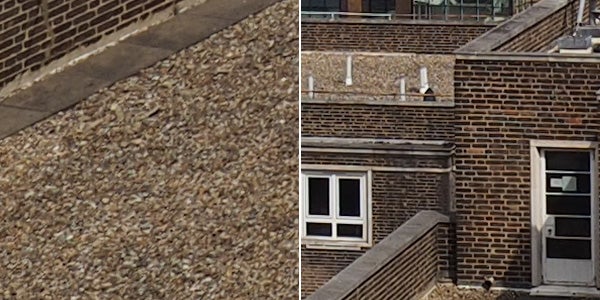Andy Westlake assesses the Olympus M.Zuiko Digital ED 7-14mm 1:2.8 PRO, a fast wideangle zoom for Micro Four Thirds
Olympus M.Zuiko Digital ED 7-14mm 1:2.8 PRO review
Olympus 7-14mm 1:2.8 review – Technical tests
Sharpness (7mm)
Wide open the centre of the frame is spectacularly sharp, but the corners lag a long way behind in our Applied Imaging tests. The corner sharpness improves on stopping down, but even around the optimum setting of f/5.6, it can’t match the exceptional sharpness of the middle of the image. Stopping down further softens the image due to diffraction, with f/11 marginal and f/22 barely usable.

MTF profile centre and edge, 7mm f/2.8
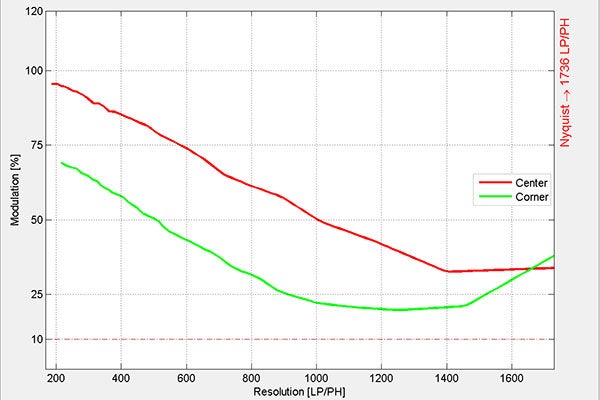
MTF profile centre and edge, 7mm f/5.6
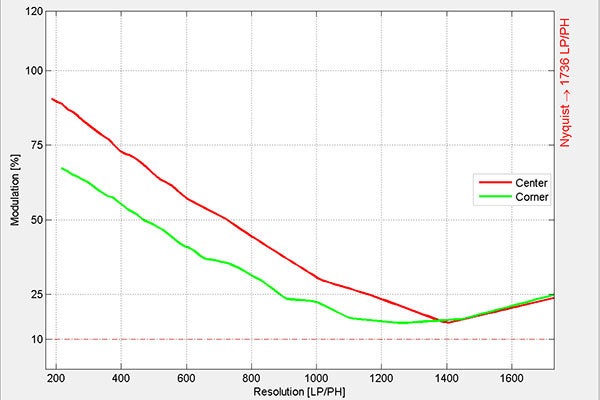
MTF profile centre and edge, 7mm f/11
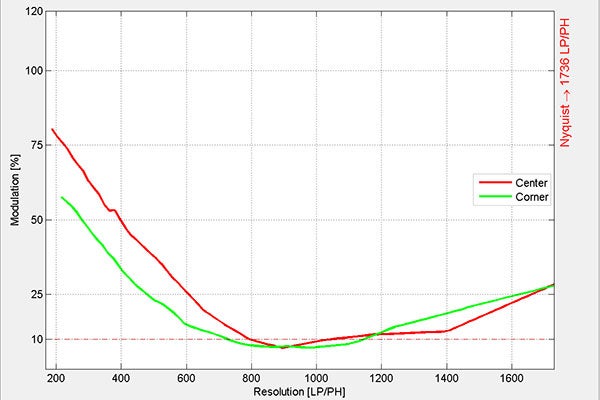
MTF profile centre and edge, 7mm f/22
Sharpness (10mm)
Sharpness evens out across the frame at 10mm – the corners are rather sharper than at 7mm, especially wide open, but the centre perhaps isn’t quite so sharp. As usual for Micro Four Thirds you’ll get best results around f/5.6 (and a stop either side). Again f/11 is getting distinctly soft, and f/22 should be avoided.
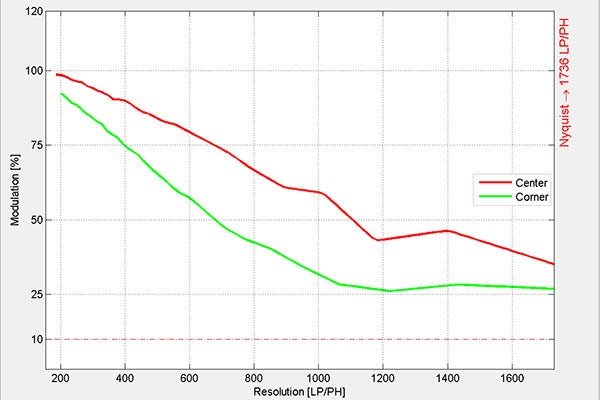
MTF profile centre and edge, 10mm f/2.8
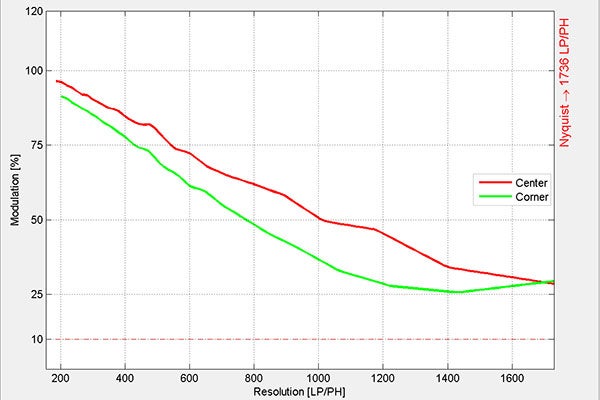
MTF profile centre and edge, 10mm f/5.6
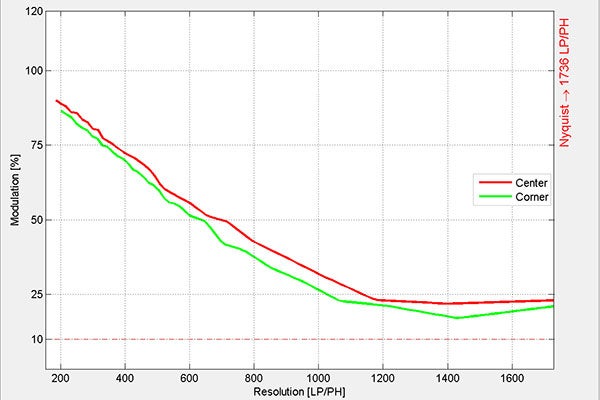
MTF profile centre and edge, 10mm f/11
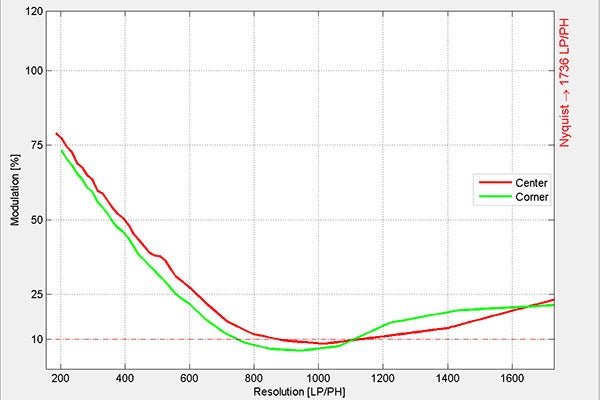
MTF profile centre and edge, 10mm f/22
Sharpness (14mm)
It’s at 14mm where the lens gives its most even results. Now edge sharpness is very close indeed to the centre, even at f/2.8, and there’s barely any improvement on stopping down to f/5.6. But the laws of optics being what they are, smaller apertures give progressively softer images.
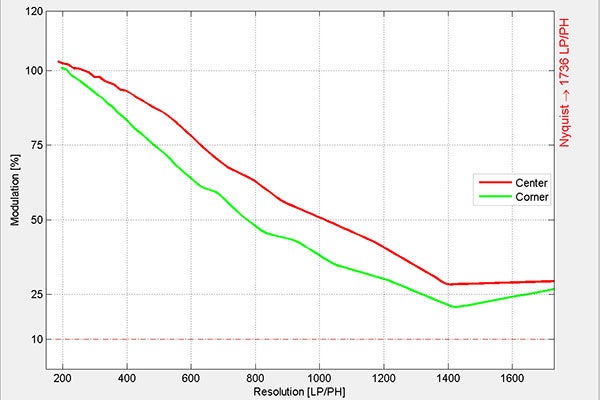
MTF profile centre and edge, 14mm f/2.8
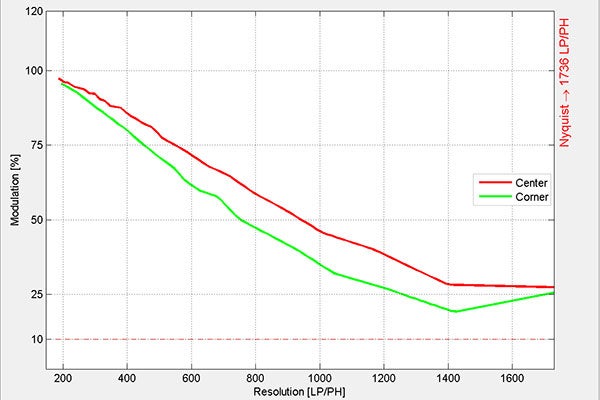
MTF profile centre and edge, 14mm f/5.6
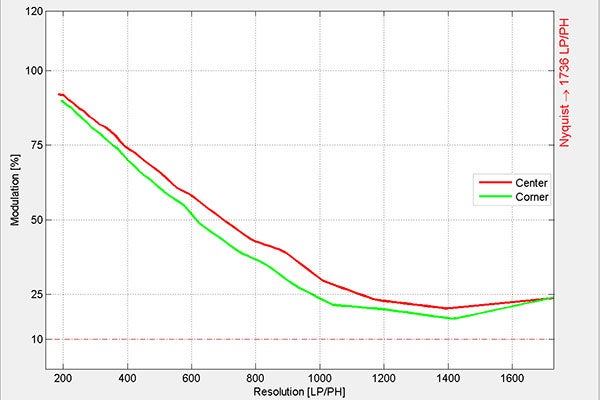
MTF profile centre and edge, 14mm f/11
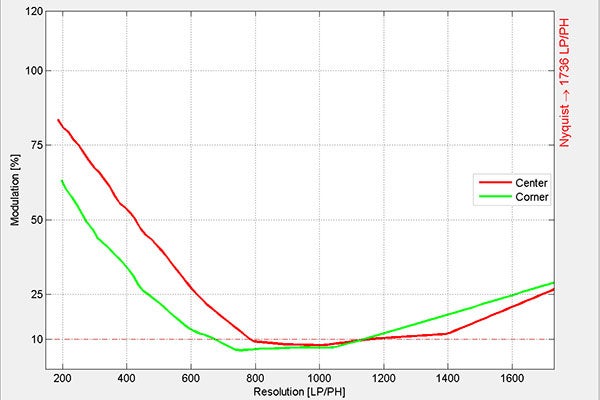
MTF profile centre and edge, 14mm f/22
Real-world examples
MTF measurements like those above can look a bit esoteric, and difficult to visualise in terms of actual image quality. The examples below should give a slightly better idea of what this all means.
First, lets look at the 7mm setting, You should be able to see that the centre of the frame is startlingly sharp, however at f/2.8, the corner shows clear radial smearing that explains the poor MTF reading. Stopping down to f/5.6 substantially reduces this effect, although it’s not gone altogether. Needless to say it’s up to each photographer to decide for themselves whether this performance will meet their needs (it’s also worth nothing that you don’t have to move too much further into the centre of the frame for the image to sharpen up considerably).
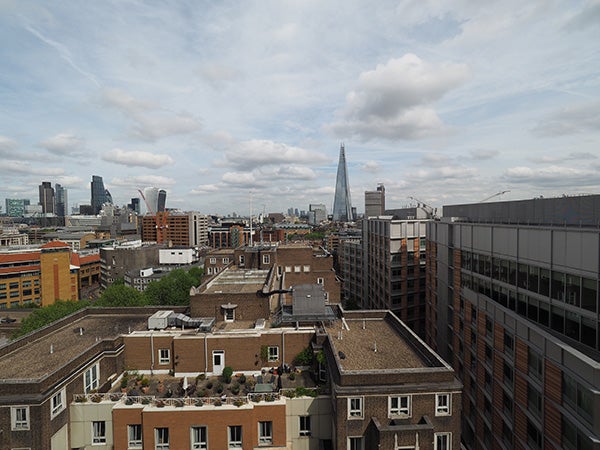
Olympus 7-14mm f/2.8 on OM-D E-M5 II at 7mm
Next let’s look at the 10mm setting, in the middle of the zoom range. Again the centre is ludicrously sharp wide open, to the extent that it’s inducing coloured moire patterns in the brickwork, but now the corner is much improved, even at f/2.8. At f/5.6 it sharpens up further still, although it can’t quite match the centre of the frame:
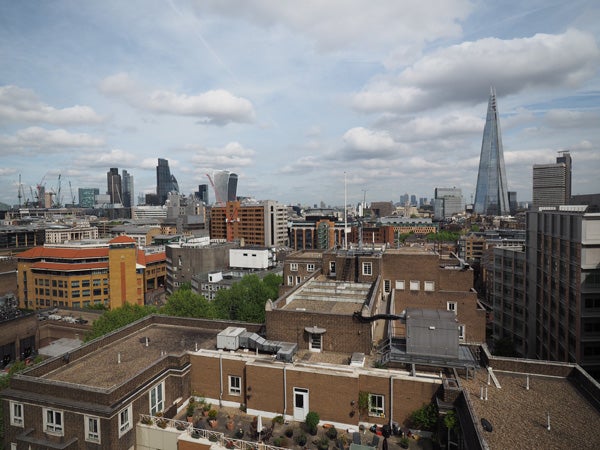
Olympus 7-14mm f/2.8 on OM-D E-M5 II at 10mm
Finally, 14mm. Here the lens is exceptionally sharp in the centre, and only slightly softer at the corner, even at f/2.8. It’s very difficult to find fault with the performance at f/5.6.
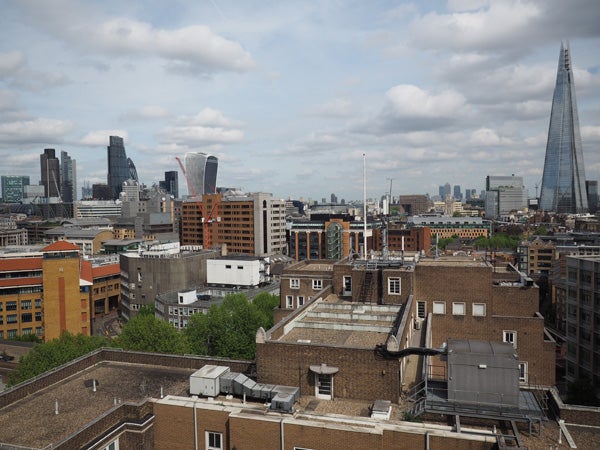
Olympus 7-14mm f/2.8 on OM-D E-M5 II at 14mm
Hopefully this should all give a better idea of how well the lens is capable of performing in the real world. Personally I’d be entirely happy with these results – with a wideangle lens, while it’s good to have excellent corner performance wide open, it’s often easy enough to stop down to f/5.6 without having to increase the ISO due to lack of light, even when shooting hand-held. This is particularly true for Olympus users, who can always employ the camera’s in-body image stabilisation.





